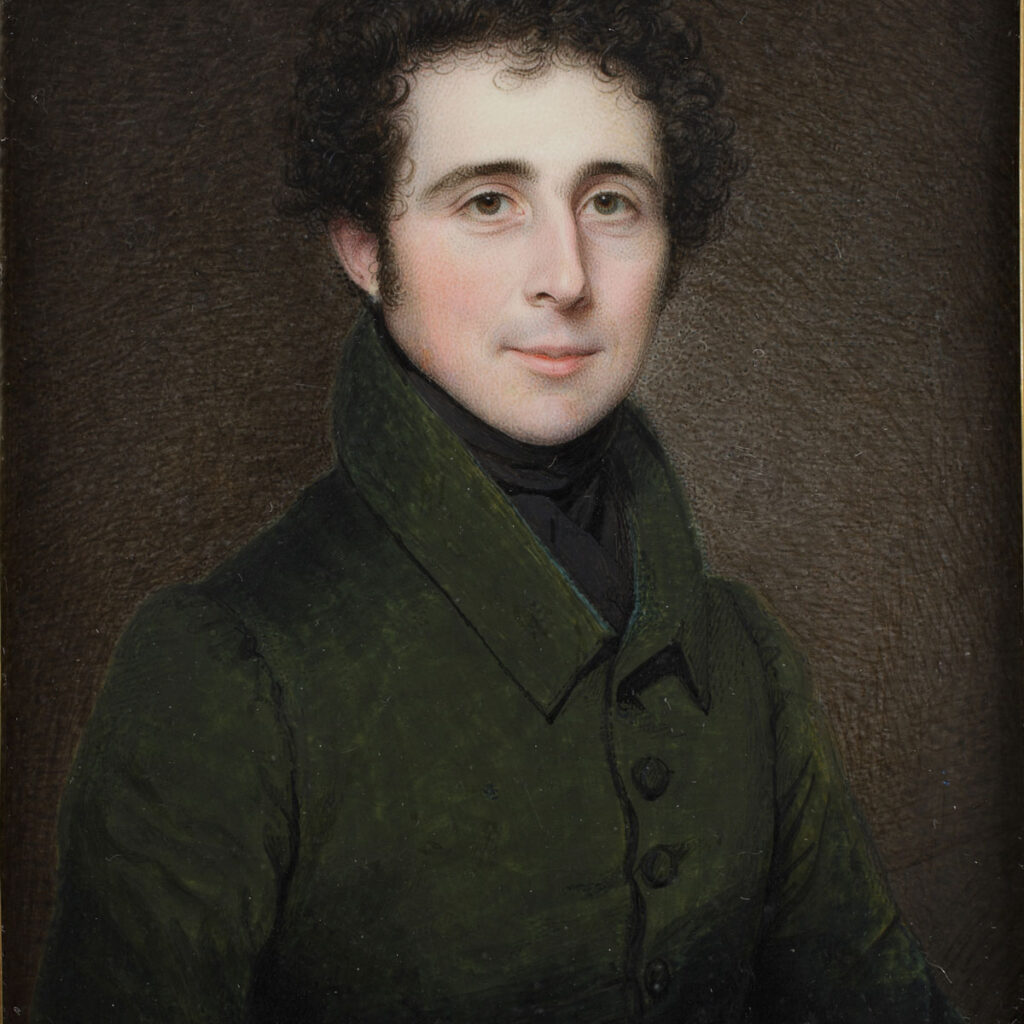Sir Thomas William Holburne, 5th Baronet of Menstrie (1793-1874)
Younger son of Sir Francis and known as William. He joined the navy in 1805 aged 11 and served at the Battle of Trafalgar aboard the Orion. He also served on the Tonnant in the West Indies in 1808 and on the Foudroyant in Brazil. Made a Lieutenant in 1813, he was probably pensioned off from the navy after 1815 at the end of the Napoleonic Wars.
He inherited on his father’s death in 1820 and undertook a Grant Tour of post-Napoleonic Europe in 1824-5 including Italy and the Netherlands. This was formative in terms of developing and defining his taste as a collector of art. Very little remains as evidence of his collecting – no letters, bills or accounts – so very little knowledge of where his acquisitions came from.
We can deduce from the the objects that he collected that, in very general terms, Sir William’s taste was for the small, the finely wrought and often the colourful (see, for example, Romanelli’s Entombment below).
Part of the reason for the small and delicate nature of much of the art that Sir William collected is the intended setting for his purchases. Following the death of his mother in 1829, William and his three sisters moved to 10 Cavendish Crescent in 1830, a new terrace with the house ranged across three floors with an attic above. We know from the inventory of the contents of the house taken on Sir William’s death in 1874 how the collection was arranged throughout the house. The small size of many of the works suited the compact nature of the house and would have been a practical choice.
Sir William’s taste was eclectic and his collection includes Renaissance bronzes, maiolica, gems, silver, porcelain, paintings, miniatures and books.

